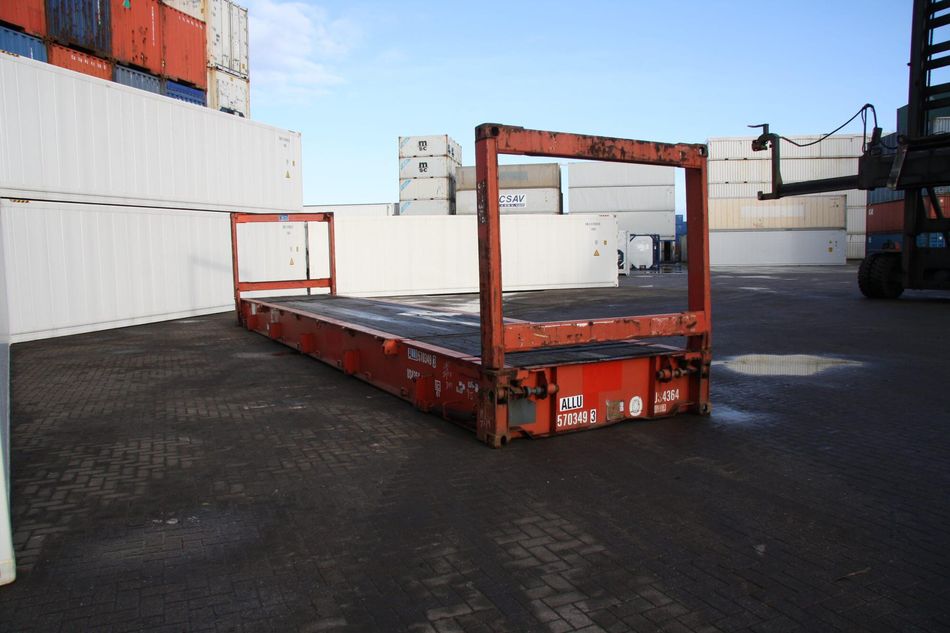FlatRack container - a universal solution for any task

The cargo transportation industry deals with a wide range of complex tasks related to the prompt and high-quality delivery of goods using all available modes of transport. Most of the difficulties arise when it comes to the development of a logistics scheme for the transportation of small-sized, bulky cargo and heavy-weight structures.
The complexity of transportation of the listed categories of cargo is due to the limited characteristics of certain types of vehicles, which also includes the impossibility of loading cargo into an extended container module of standard configuration. The best option for solving this problem is FlatRack type platforms, with their help you can carry out the transportation of goods without damage with minimal time and labor costs.
Design features of containers
In general terms, we are talking about platforms presented in the form of a container base, the configuration of which includes two end walls, they can be folded if necessary. The structures are made of metal structures with increased strength and reliability, thanks to which the containers cope well with any weight loads. The load capacity of a 20-foot platform is 24 tons, a 40-foot platform is 33 tons. A distinctive feature of the considered variety of containers is that when using them there are no restrictions on the volume of cargo, this makes it possible to transport any cargo in them.
Types and sizes of shipping containers
The base of the Flat Rack is reinforced with additional metal beams. Special fasteners, which the platform and end walls are equipped with, secure the load in one position on the base, excluding the possibility of changing its position, regardless of the influence of external factors. In most cases, fastening mechanisms are presented in the form of a system of chains and rings, an alternative is spacer frames. At the same time, the standard configuration of containers includes a system of fitting accessories, their presence provides access to the use of a platform for the transportation of goods by any type of transport.
Types of containers
Modular features act as the main criterion for dividing containers into separate types. Based on this, it is customary to distinguish the following types of platforms:
- Collapsible Ends FlatRack. This is a container with extended functionality. If necessary, the end walls of the structure can be folded, which allows loading and unloading with maximum convenience and without much time;
- Fixed Ends Flat Rack. This model is supplemented with fixed side walls, their presence significantly increases the rigidity of fixing the load placed on the platform;
- Platform. There are no end and side walls at the base of such a container. The main scope of such models is the storage of goods.
The main advantage of this category of containers is the possibility of vertical and horizontal loading, the use of a crane or crab can reduce the time spent on loading and unloading.


